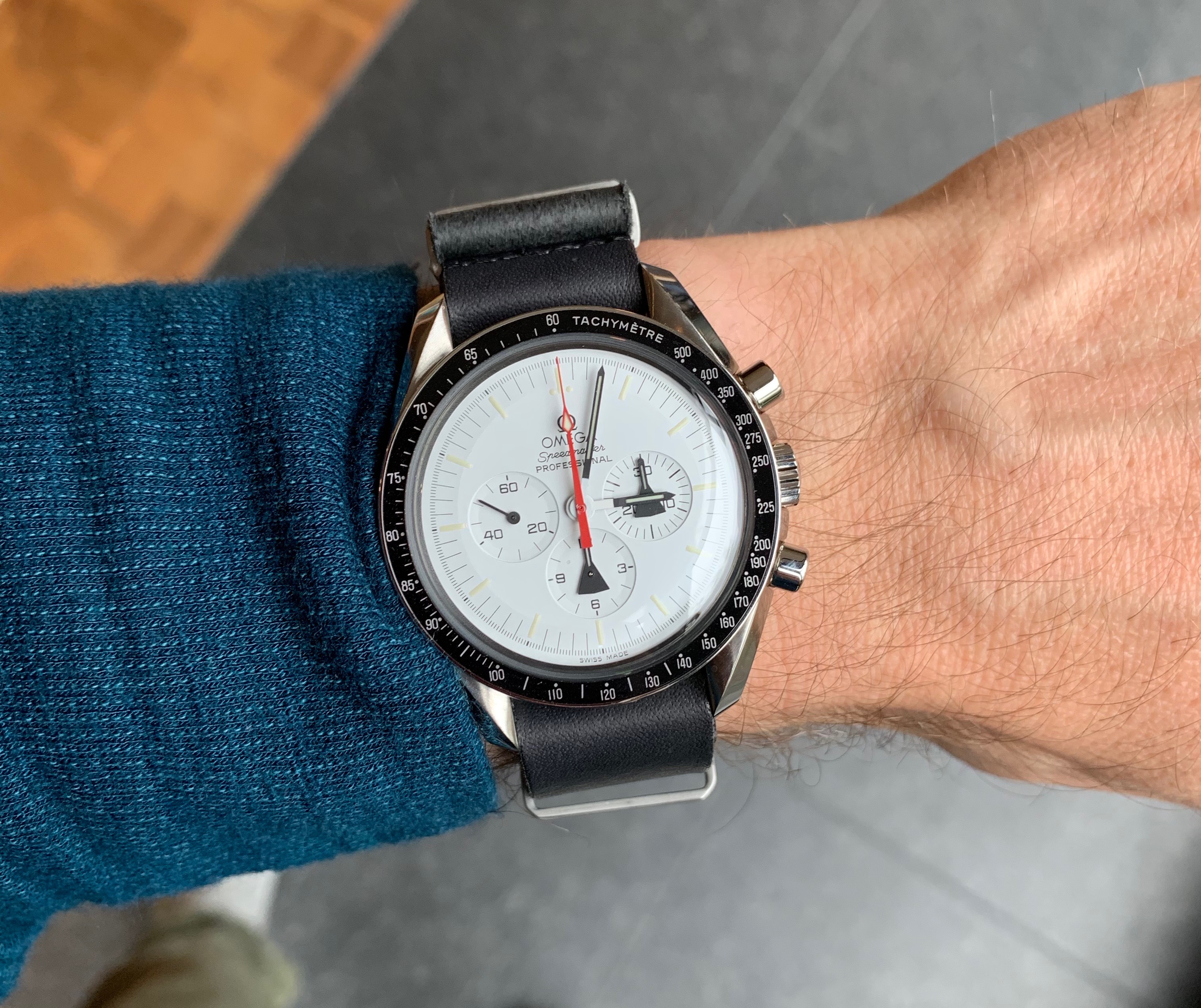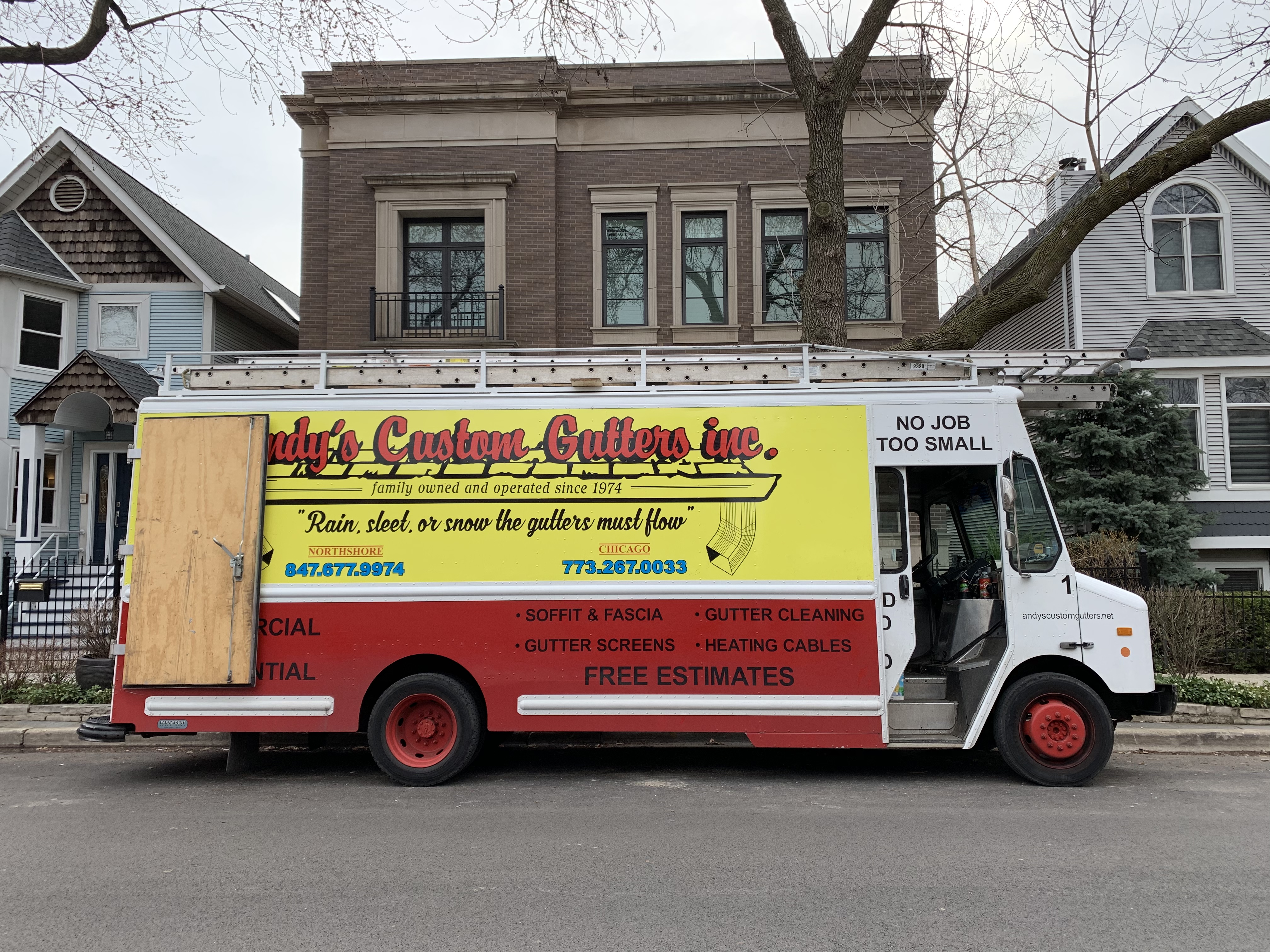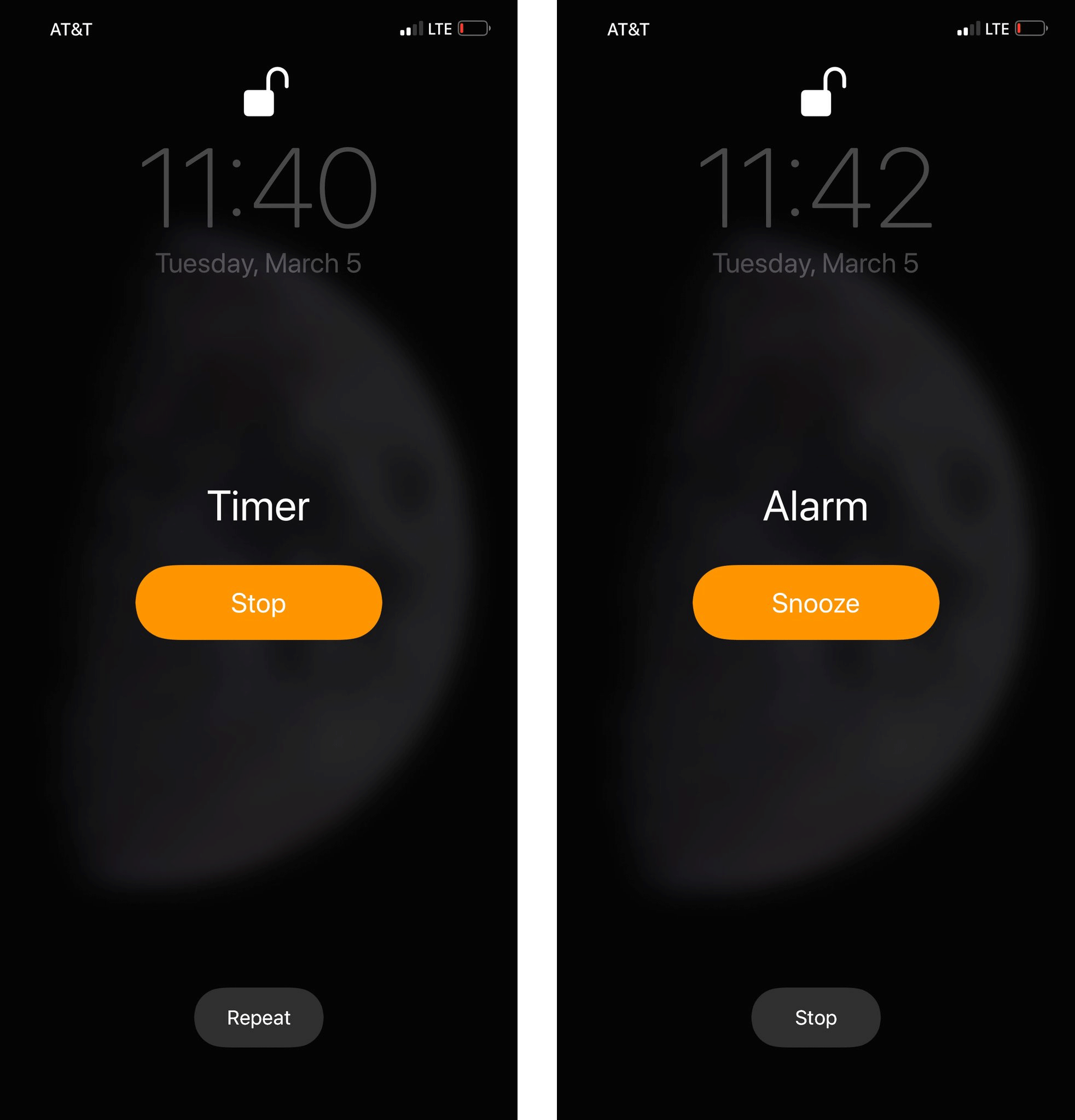As we write in “It Doesn’t Have to Be Crazy at Work“, you should treat your company as a product too. To improve a product, you listen, learn, (re)consider, concept, and iterate. The same approach should be used to improve your company itself. How you work, how you manage, how you develop and communicate policies and procedures should all improve through iteration as well.
With that, we wanted to share how we’re improving through iteration on the inside. We recently updated our Employee Handbook (which anyone in the world can read) to clarify a few key points:
First, what are the different responsibilities of an executive vs. a manager vs. an individual? At some level the differences are obvious, but at the edges it’s not always clear. And where there’s murkiness, there’s often confusion and then conjecture. In the pursuit of clarity, we recently added a section to the handbook defining these responsibilities.
Second, what happens if an employee finds themselves in a situation where their performance has been called into question? Not knowing where you stand when there is a problem – or not even realizing there’s a problem at all – is an uncomfortable and unproductive place to be. You can’t do your best work when your mind is riddled with anxiety stemming from existential questions about job security. To clarify the process for helping identify and resolve such problems, we recently added a section to the handbook that details our newly formalized performance plan process.
Third, what does it look like to build a career at Basecamp? At many software companies, work is a job – and a relatively temporary one at that. The average tenure at Amazon and Google is only around 12 months. At Basecamp, our average tenure is 5 years (our team page shows how long everyone’s been here). Given that, it’s important for us to define what progress looks like at Basecamp. To help clarify those details, we recently updated our handbook page on making a career at Basecamp to include more details on progression, titles, pay and promotion, and the review process.
As you can see from the last updates times/dates on our Handbook, how we run the company, and how we explain how the company runs, is always being updated. Our Employee Handbook isn’t printed and forgotten. There’s no been there, done that. It’s not a project that ends. Rather, it’s continually updated updated and republished. And while some pages may be steady at a few years old, many have been updated within the last few hours, days or months. We’re always aiming to be clearer, fairer, and better, and we find that publishing our Handbook out in the open is an especially handy way to keep us improving – and honest about how we do it.
We believe publishing how a company works is a public good, not a private act. When customers choose to buy your product, they should know what kind of company makes it. We think that the more open we can be about our internal practices, the more comfortable the public – our customers – can feel about doing business with us. Spending money with a company is essentially voting for a company. We want our customers to feel proud when they vote for us.




